Ayers Rock
Uluru Monolith

In the middle of the Australian desert lies a huge red sandstone mountain that rises more than 300 meters up in the sky and takes the shape of a bulging parallelepiped. Discovered in 1873 by an engineer on an expedition and named in honor of Prime Minister Sir Henry Ayers, Mount Ayers Rock has long been a place of worship and veneration for the Aboriginal tribes who call it Uluru, home of ancestors. At 600 million years old, Ayers Rock is one of the largest monoliths on the planet but is eroding more and more each year while maintaining its legendary appearance. There is a magical atmosphere in Uluru and the place seems to be occupied by vindictive spirits, responsible for many accidents.
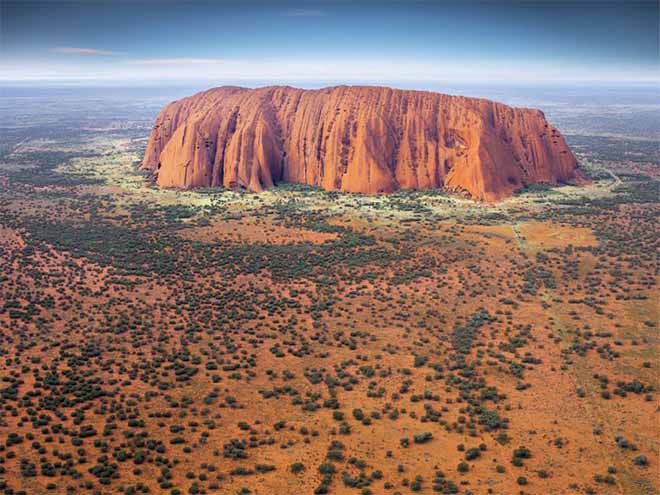
Dreamtime
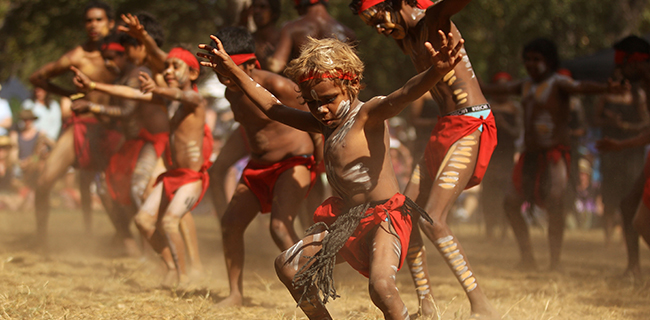
According to aboriginal traditions, Uluru was created at the beginning of the world, at Dreamtime, by two children playing there after a storm and was the place of an epic battle between two tribes representing good and evil. The tribe of the Diamondback Snake would have defeated that of the Venomous Snake with the help of goddess Bulari, and evil deads would have been forever banished within the Uluru Monolith.
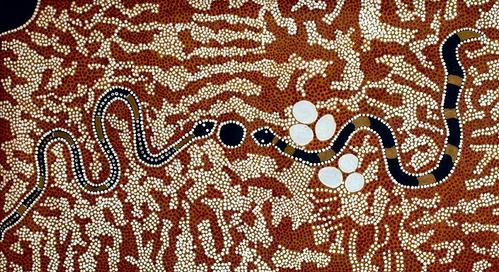
For aboriginals, Ayers Rock is a sacred mountain and each parcel of the hill has a special meaning in their religion. Thus, simple water spots are perceived as being the blood of snake-men belonging to the venomous clan and deceased during the Dreamtime War. The various aboriginal rituals are also greatly influenced by the many crevices and caves that formed on Ayers Rock. Uluru is in worship a way of traveling back to Dreamtime and connecting to it.
Rock paintings
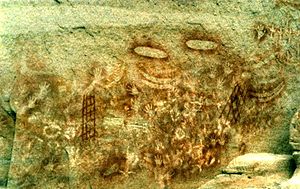
The walls of caverns and cavities at the foot of Mount Uluru are littered with countless mysterious and sacred cave paintings, some of which were made during Antiquity, many millennia ago. Still undeciphered, these ancient images probably relate episodes dating from Dreamtime as the creation of the world and represent important elements of Aboriginal worship. These caves would also house the spirit of the great warrior leader of Australian mythology Uli-Tarra who would triumph in a bloody fight before disappearing inexplicably around Ayers Rock. Believing Uli-Tarra haunts Uluru, aborigines still draw portraits in his honor today.
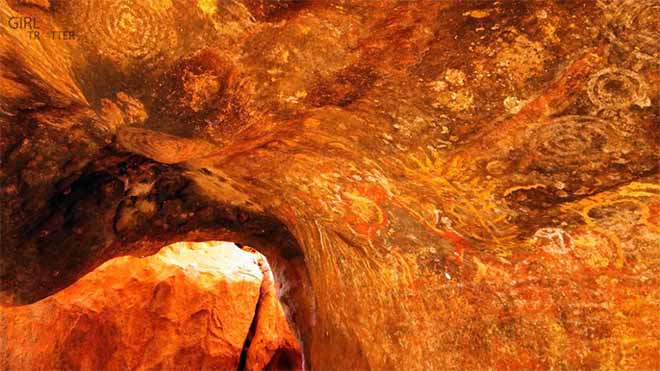
The allongalla
Aside from rock paintings, Aboriginal tribes of Ayers Rock developed a second way of communicating with their gods and honoring them. The allongalla, a rustic musical instrument that takes the form of a small wooden shingle attached to a piece of rope, emits by air friction a range of sound that lies at the heart of rituals uttered in the caves of Uluru. In addition, the allongalla would help conjure off gods and would also serve during rites of passage into adulthood. Only aborigines are able to interpret the different allongalla melodies vibrating through the walls of Uluru.









































































































































































































































































































































